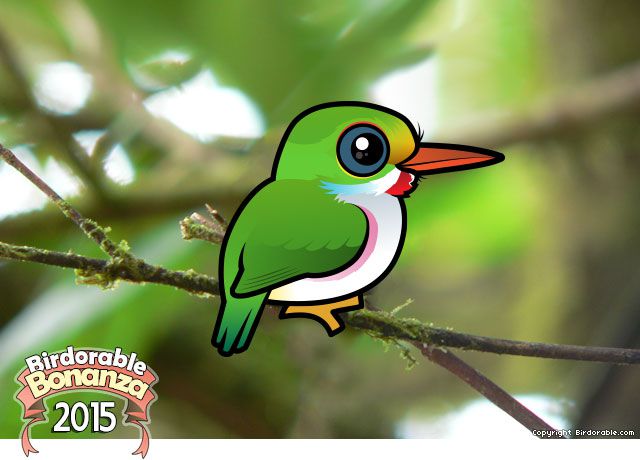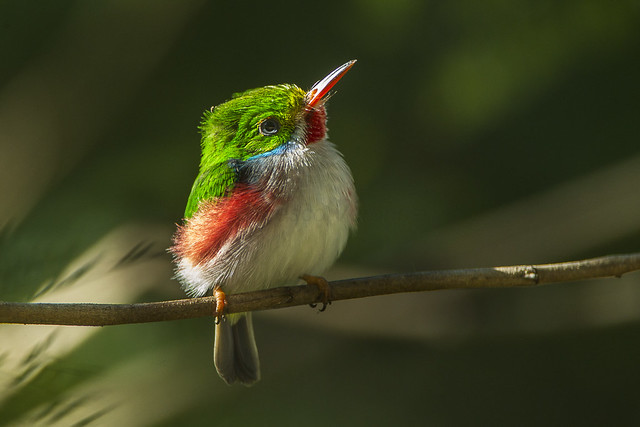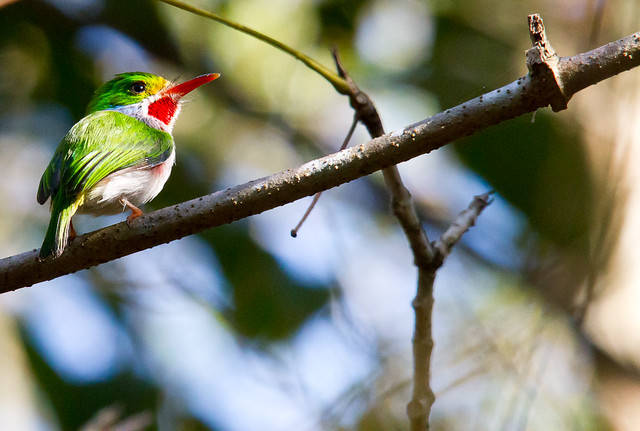800th Birdorable Bird
Meet the Puerto Rican Tody: Puerto Rico's Tiny Gem
Today we're revealing a new bird, and it's a big one -- our 800th Birdorable! 🎉 Actually, it's a really SMALL one -- our newest species to join Birdorable is the Puerto Rican Tody!
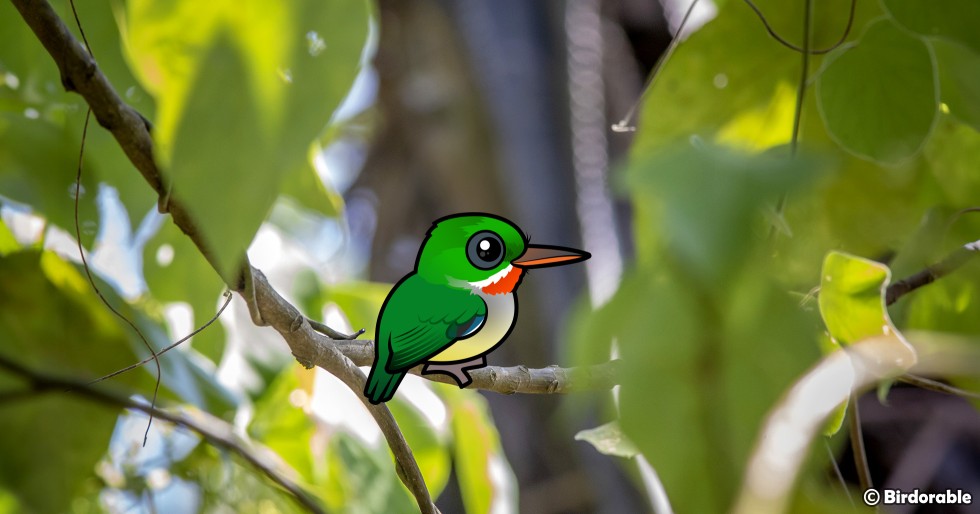
The Puerto Rican Tody is a tiny gem of a bird found exclusively in Puerto Rico. Known locally as "San Pedrito" (meaning Little Saint Peter), this vibrant little bird is a delight to spot in the wild. Measuring just about 4 inches in length, the Puerto Rican Tody packs a lot of charm into its small frame.
One of the first things you'll notice about the Puerto Rican Tody is its striking coloration. It sports a bright green head and back, a white underbelly, and a vivid red throat. This colorful plumage makes it easy to spot among the dense foliage of its habitat. Despite its small size, the Puerto Rican Tody is quite bold in appearance, a feature that makes it a favorite among birdwatchers.
The Puerto Rican Tody belongs to the Todidae family, which includes five species in total, all of which are found in the Caribbean. The species’ scientific name, Todus mexicanus, might suggest a connection to Mexico, but this is a bit of a misnomer. The Puerto Rican Tody is a true endemic species, meaning it is found nowhere else in the world.
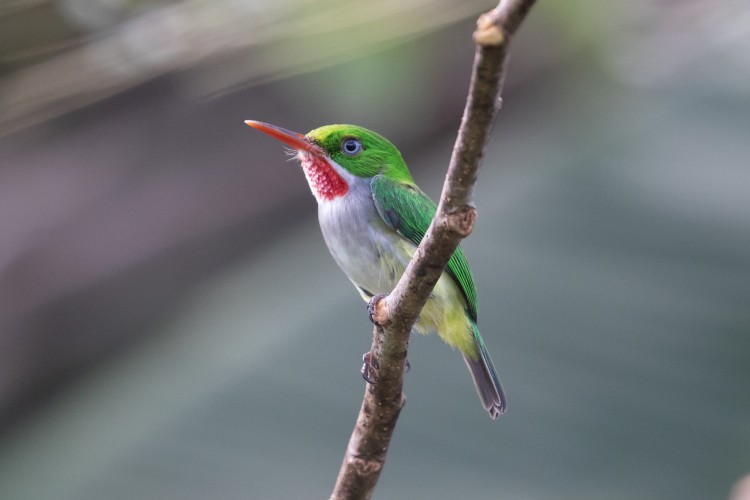
This little bird thrives in a variety of habitats across Puerto Rico, from dense forests to more open woodland areas. It’s often seen flitting about in the understory, where it hunts for insects using a unique method known as "leaf-feeding". Prey items are found from below, and then captured on a short flight with a sweeping motion of the beak. The Puerto Rican Tody is a master insectivore, preying on a wide variety of bugs, including beetles, flies, and ants. Its diet also includes small spiders and other arthropods, making it an important part of the local ecosystem as a natural pest controller.
Puerto Rican Todies are cavity nesters, meaning they nest in holes. They dig their nests in soft soil banks; the nest-building process is a team effort, with both the male and female participating. They use their small, sharp bills to excavate a burrow. At the end of this tunnel, they create a small chamber where the female will lay her eggs, typically 2-3 per clutch. The incubation period lasts about three weeks, with both parents sharing the duty of keeping the eggs warm and later feeding the chicks. Both males and females develop brood patches to aid in incubation.
Today this little jewel of Puerto Rico joins our Birdorable family as our 800th bird! It's a tiny bird making a big debut!
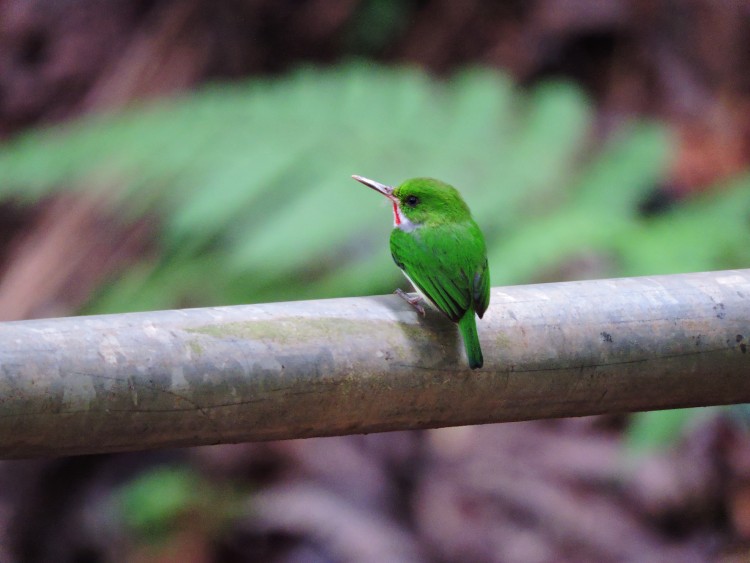
Puerto Rican Tody by Juanantonioortiz (CC BY-SA 4.0)










